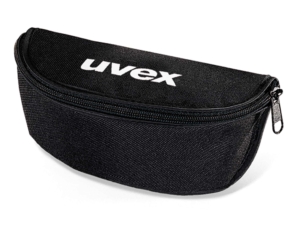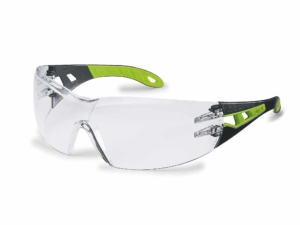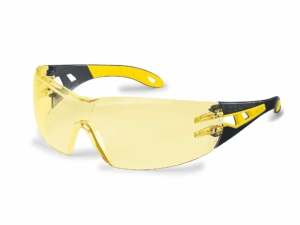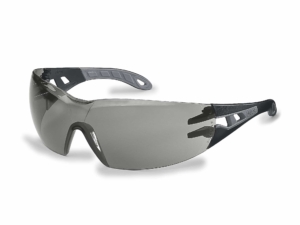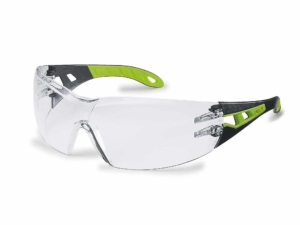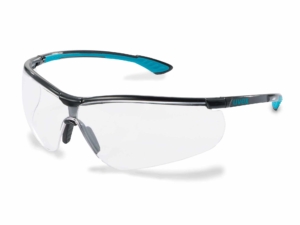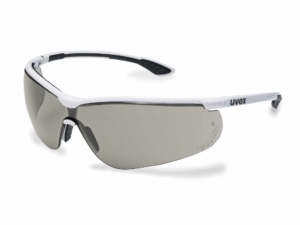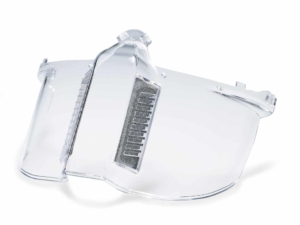Eye protection
Showing 1–16 of 40 results
-
Uvex Spectacle Case 9954.500
£4.60 Ex.VAT View Product -
Uvex Pheos Clear Lens Spectacle 9192.225
£5.18 Ex.VAT View Product -
Uvex Pheos Amber Lens Spectacle 9192.385
£5.18 Ex.VAT View Product -
Uvex Pheos Grey Lens Spectacle 9192.285
£5.18 Ex.VAT View Product -
Uvex Pheos Clear Lens Small Spectacles 9192.720
£5.18 Ex.VAT View Product -
Uvex Sportstyle Clear lens Spectacle 9193.376
£7.11 Ex.VAT View Product -
Uvex Sportstyle Grey Lens Spectacle 9193.280
£7.11 Ex.VAT View Product -
Uvex Ultrashield Face Guard 9301.317
£7.16 Ex.VAT View Product -
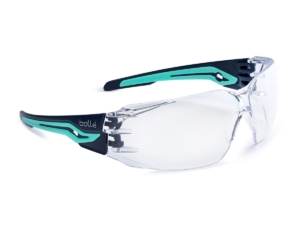
Bolle Silex Clear Safety Glasses
£7.38 Ex.VAT View Product -
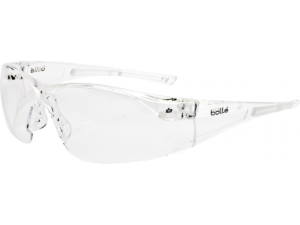
Bolle Rush Clear Safety Glasses
£7.50 Ex.VAT View Product -
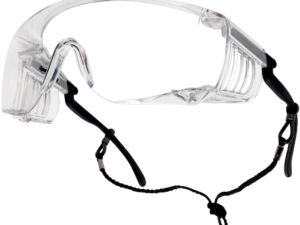
Bolle Squale Clear Coverspectacles
£7.78 Ex.VAT View Product -
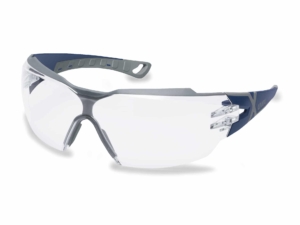
Uvex Pheos CX2 Clear Lens Spectacle 9198.257
£8.11 Ex.VAT View Product -
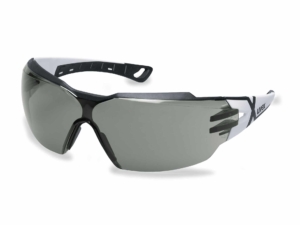
Uvex Pheos CX2 Grey Lens Spectacle 9198.237
£8.11 Ex.VAT View Product -
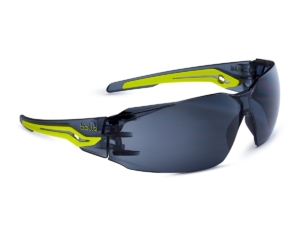
Bolle Silex Smoke Safety Glasses
£8.56 Ex.VAT View Product -
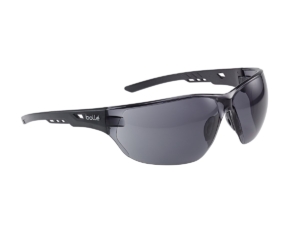
Bolle Ness Smoke Safety Glasses
£8.92 Ex.VAT View Product -
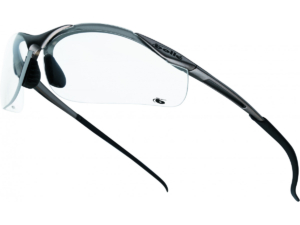
Bolle Contour Clear Lens Safety Spectacle
£9.68 Ex.VAT View Product
PPE Eye Protection: The Go-To Guide
When it comes to workplace health and safety, personal protective equipment (PPE) is one of the most important considerations. And when it comes to PPE for your eyes, there’s no better option than eye protection.
The Importance of PPE Eye Protection
The use of PPE will help protect your eyes from any hazards at work. It also ensures that if an accident does occur, the damage to them isn’t as severe or irreversible. You may not realise it, but accidents at work can often result in an injury to the eyes – whether that’s from a foreign object getting in, chemical exposure or being hit by something.
In some cases, not wearing appropriate eye protection can also lead to prosecution under health and safety law. So, you must take the time to find out what type of PPE is suitable for your job role and use it when necessary.
This will ensure that if there is an emergency, you’ll have some form of protection in place to safeguard against injury or worse (such as losing eyesight).
PPE eye protection also reduces the risk of infection from contact with bacteria or other contaminants, as well as protects your eyes from glare, which can cause headaches and eye strain.
PPE eye protection will also protect against the sun’s UV rays that are damaging to your vision over time.
The Benefits of Using PPE Eye Protection
The advantages of using PPE eye protection in the workplace can include a reduction in injury, less pain for those who have already suffered injuries to their eyes from accidents at work and an overall increase in productivity.
Employers should provide PPE eye protection as part of their duty of care. However, it’s also vital that employees understand how they will use it correctly, so there’s no risk of further injury being caused.
Tips For Using Eye Protection Safely:
Always wear safety goggles or glasses when working in the workshop where there may be flying debris such as metal shavings, dust particles etc. (These should not obstruct your vision).
Keep eye and face protection clean by washing them regularly in warm water with soap. Dry off any remaining moisture before storing away when worn at work (or home).
Types Of PPE Eye Protection
When it comes to eye protection, there are two significant categories of PPE: safety glasses and goggles. Safety glasses are one-piece lenses that cover your eyes from the side, while goggles wrap around your entire face to protect against debris splashing into your eyes.
Safety Glasses
These are the most common type of eye protection and are available in many different styles. They provide some level of protection against objects or particles that could cause injury, but they are not necessarily waterproof or shatterproof.
Safety glasses can be used for general-purpose work and protect against flying debris such as metal shavings, dust particles etc., but they should not obstruct your vision.
They are often worn with a hard hat when working in areas where there’s danger from falling objects or other hazards that could cause damage to the eyes, for example, construction sites or factories.
Safety Goggles
Goggles are a more protective option and provide better overall coverage for the eyes. They are available in plastic or glass varieties and can be used when working with hazardous materials or dusty environments.
Safety goggles should fit comfortably over your prescription glasses (if you wear them). They must be adequately sealed around the eyes to prevent debris, moisture or air from entering through gaps between the frame and face.
These types of eye protection are often worn by people who work with chemicals or other dangerous substances that could cause damage if they get into your eyes – for example, industrial cleaners or spray painters. However, they can also be used in jobs where there’s a risk of flying debris, such as within the construction industry.
Safety goggles for construction workers are made from a hard plastic material so they won’t break when hit by falling objects, and they protect against flying debris such as nails or shards of glass. In addition, the use of construction eye protection is crucial to prevent any type of injury.
Face Shield
A face shield is used to protect your eyes, nose and mouth from injury. They are typically made out of plastic or metal and mounted on headbands that go over the top of your head so they can be adjusted for comfort when working in different positions.
Face shields provide a higher level of protection than safety glasses or goggles and are ideal for use in jobs with a higher risk of eye injuries, such as welding. They can also be helpful when working with chemicals that could cause skin irritation.
They can come in different styles and sizes, so it’s essential to choose one which fits nicely over prescription glasses (if you wear them) without obstructing vision too much!
Safety Glasses Vs Goggles
When you’re choosing between safety glasses and goggles, there are a few things to consider:
- Safety glasses are typically more comfortable to wear for long periods.
- Goggles provide more protection from debris and liquids than safety glasses.
- Safety glasses may fog up if you’re working in a humid environment, while goggles will not.
- Safety glasses provide better peripheral vision than goggles because the lens covers less of your face.
- Goggles are more likely to fog up if you’re working in a humid environment, while safety glasses will not.
When choosing a PPE eye protection device for work, think about what tasks you will be undertaking and what type of environment you will be working in. It’s also essential to make sure that the eye protection is comfortable to wear for long periods, as you don’t want it getting in the way of your work.
The best way to ensure your safety at work is by wearing the correct PPE. In addition, employers must provide their employees with protective equipment to do their job safely without getting injured – this includes eye protection!
As well as providing the correct PPE eye protection, your other work garments need to be of the same standard. If you haven't found something you are happy with, then consider bespoke, custom clothing that can be tailored to meet these standards.
Overall, wearing eye protection is a simple way to avoid potential injuries and keep your vision safe when working. Make sure you understand the type of PPE required for your job, not just PPE eye protection, and use it accordingly – it could save you from some nasty accidents down the line


